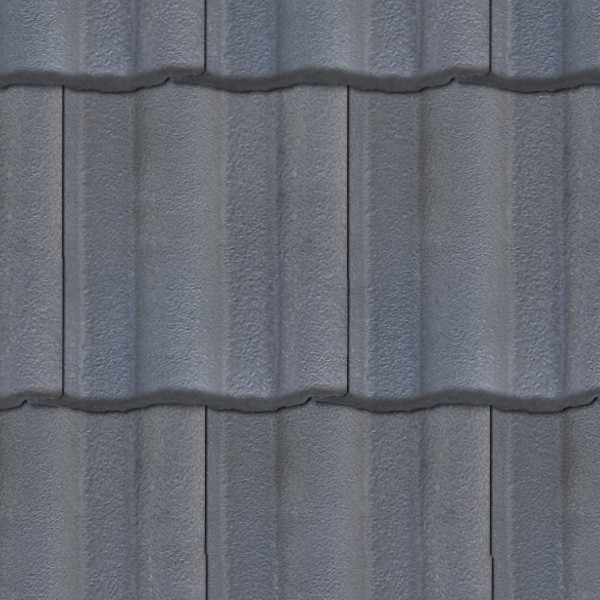
The outline drawings 2 (Figure 2) represent in a general way the types and varieties of roofing tiles with their age and distribution.įigure 2-Normal or Asiatic Tile Designs.


Throughout all parts of the old world can be found tiles or the fragments of them, proving to us that the use of tile has been universal there at one period or another. It is known that the beginnings of their other arts, pottery making, metal working, jewelry, sculptures, etc., were imported from older civilizations in Asia Minor, or elsewhere, and that while the genius of the Greeks soon developed all of these arts to a plane never before known in the world, they cannot be credited with their first discovery.Īmong the substances used in the construction of early roofs, worked marble tiles, modeled after the terra-cotta tiles, were made some 650 years before Christ. While the tiles from the Temple of Hera are probably as old as any authenticated instances elsewhere, it is not to be supposed that the Greeks sprang all at once from the thatched hut of the wild sheep-herder, up to the level indicated by this efficient system of tile roofing. This ancient tile consisted of two elements, a wide under piece (tegula) slightly curved, and a narrow, semi-cylindrical piece (imbrex) which was placed in an inverted position so as to cover the upturned edges of two adjacent tegulae. These were found in the ruins of the Temple of Hera at Olympia, dating nearly a thousand years before Christ. Graeber, in his memoir “Terra-kotten am Gieson,” describes what he believes to be the earliest known terra-cotta roofing tile. From the high skill of the potters and the great antiquity of the fictile art in China, and the use of artistic roofing tiles in that country in buildings erected some centuries ago, one might easily be led to believe that it was in China that the use of roofing tile originated. While the actual beginnings of roofing tiles are not known, it is probable that their use was known very early in Asia Minor, and certainly very early in China. The enduring nature of these objects may ultimately enable us to trace the paths followed by the tile-making races in their various migrations. Thus it happens that terra-cotta roofing tiles are often the only surviving relics of a prehistoric structure. Most natural stones crumble, and metals oxidize or rust, but hard burned clay wares are nearly imperishable to the influences of decay. The oldest known type of clay roofing tiles is, by far, the most common form in use in the world to-day. At the outset, bark, straw, thatch, rough stones and similar substances were used until better devices were made, which finally culminated in roofing tile of terra-cotta. The sloping roof must have preceded the roofing tile by many centuries. It is believed they were made before the age of iron.

These have been found in Italy, Saxony and other parts of southern Europe.

Experience unquestionably soon taught these early home builders the value of a sloped roof over a flat one, in shedding the rains.Īccording to Morse, 1 the antiquity of the sloping roof is hinted at in the finding of cinerary vessels in the form of huts, and, consequently, known as hut-urns. These early homes were no doubt covered with some sort of thatch or stone roofing material in mountainous countries flat stones of flaggings would naturally be tried. The impulse and suggestion for him to construct temporary caves, or shelters of slabs and pieces of rock, would be a perfectly natural one and doubtless has recurred many times in various places and peoples in the development of the human race. Early in man’s career, he doubtless lived in such caves and natural shelters as are found in a mountainous country, but, as he migrated from place to place, it would happen that natural shelters could not always be found. It can, however, be traced back several centuries before Christ. The origin of roofing tile is shrouded in obscurity. Edward Orton, Jr., Collaborator and Editor


 0 kommentar(er)
0 kommentar(er)
